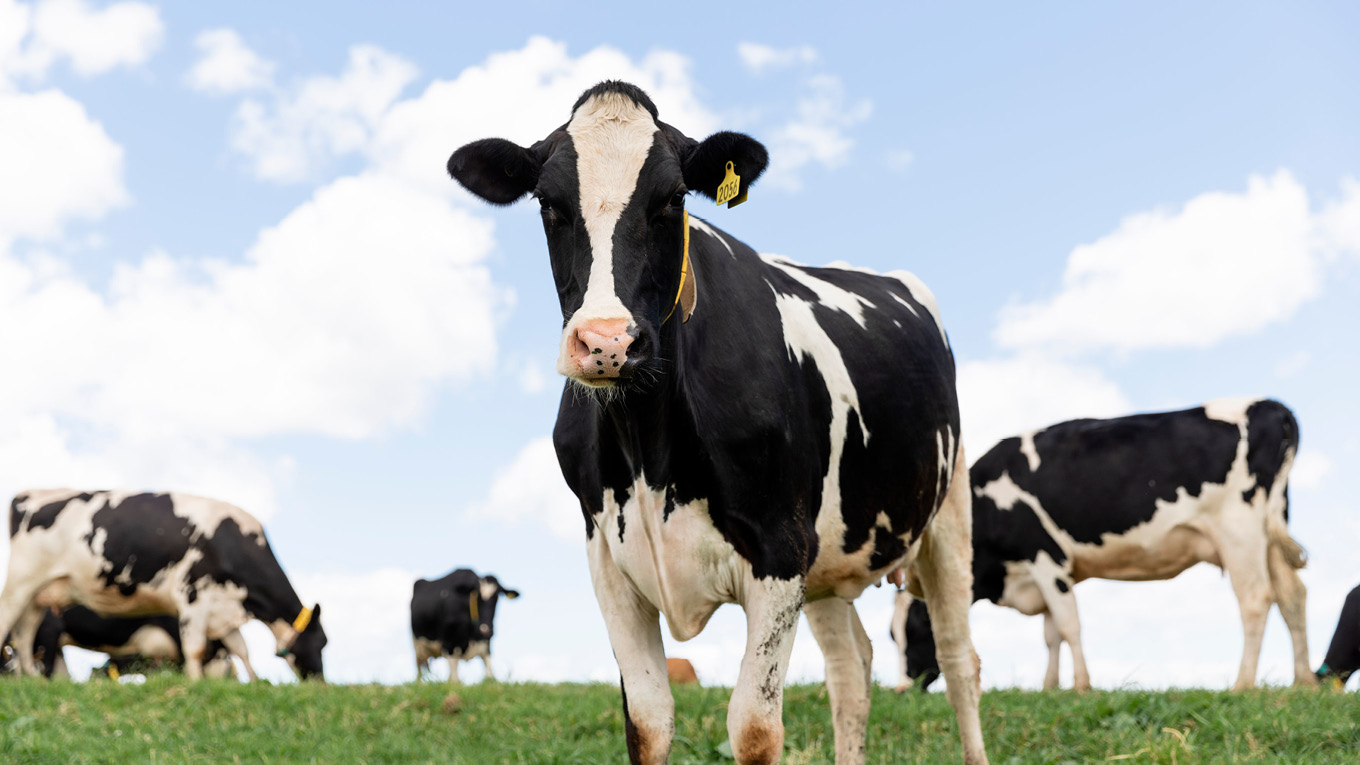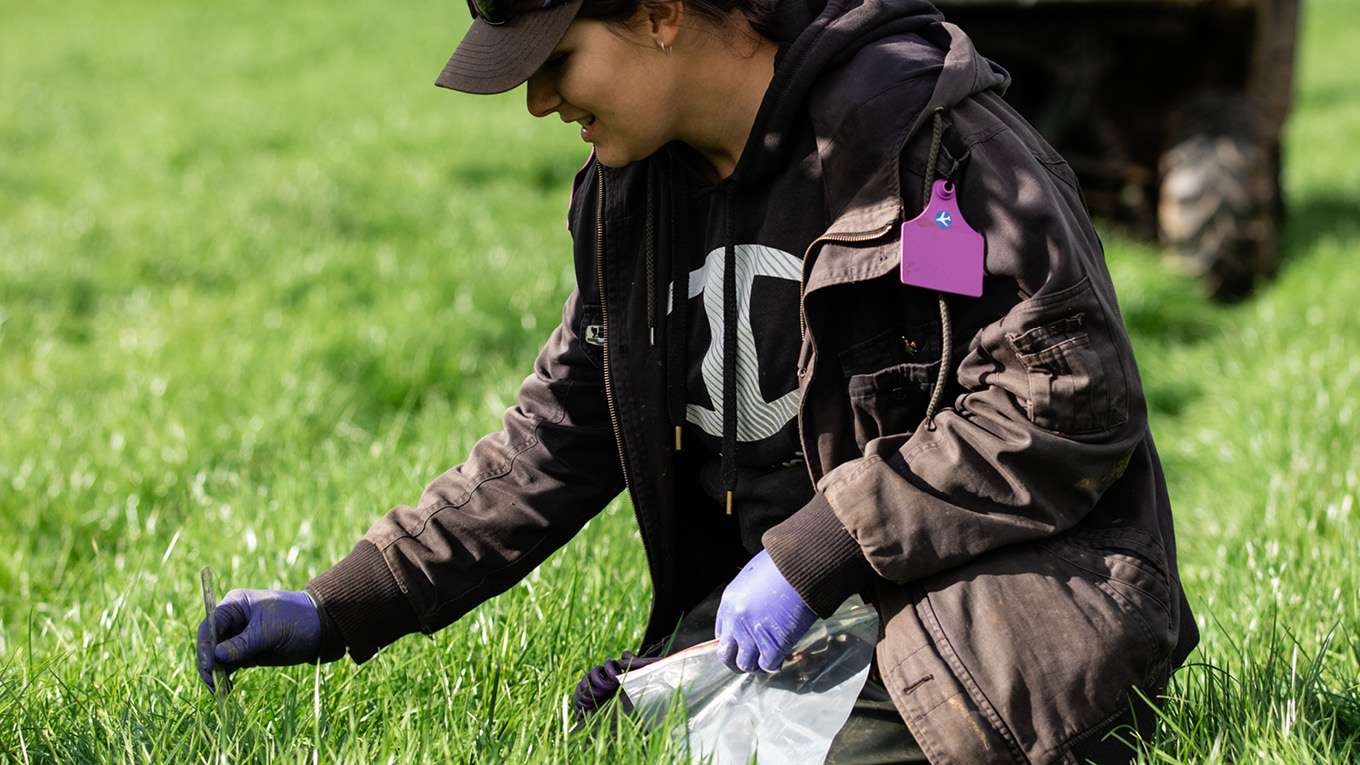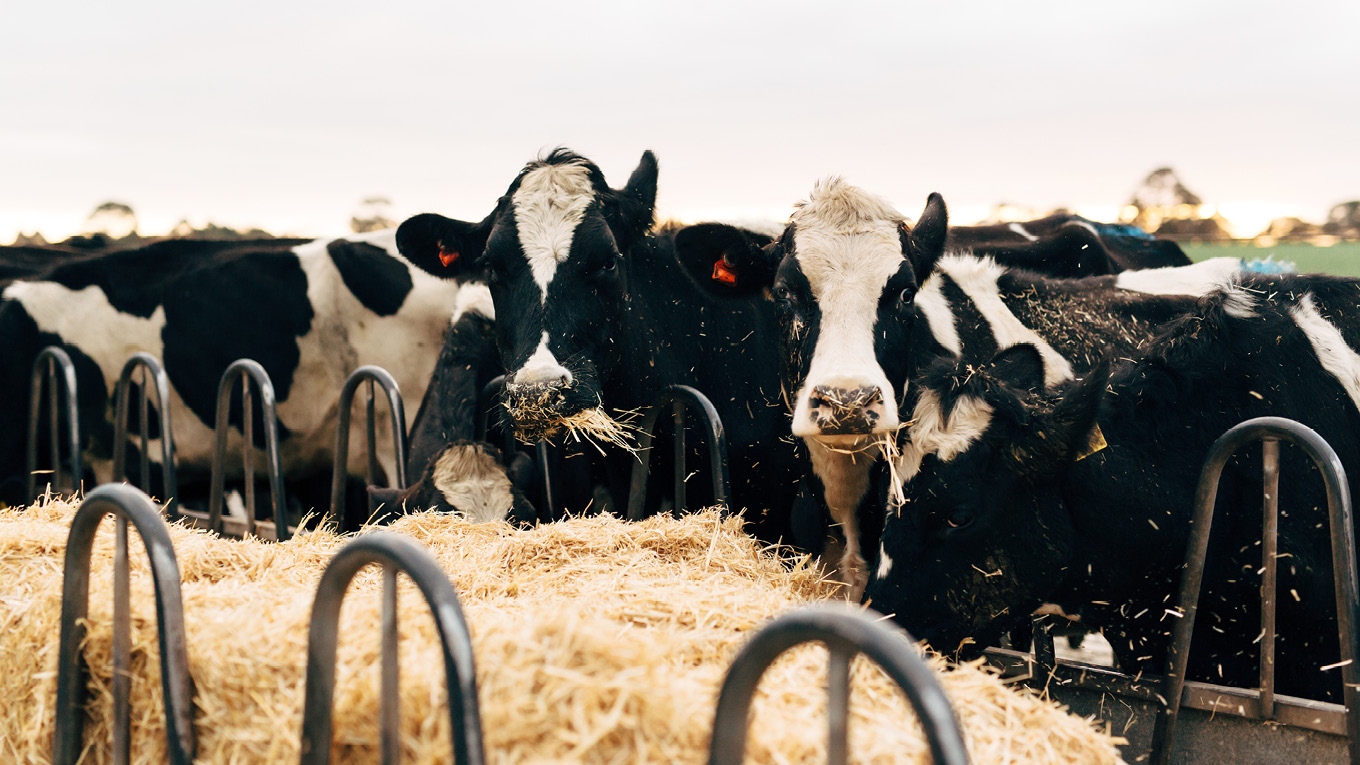Winter Crop Choice
Winter cereals are being more widely used on dairy farms as an alternative to ryegrass to help clean paddocks up, as a break crop or to allow earlier sowing of summer crops. Cereals can also be grazed over the winter before being cut for silage in early spring.
Oats and barley are the most commonly used winter cereals on dairy farms in southern Australia.
Oats are typically sown in early autumn (moisture permitting), where they can establish at a higher soil temperature compared to barley that is sown later in autumn or early winter at a cooler soil temperature.
Depending on the cereal and sowing time, it is possible to get two grazings and a silage crop off of a winter cereal, as long as grazing occurs before growth stage 30 to prevent the growing point from being grazed off. Grazing after stem elongation will reduce silage yields by 50%.
Alternatively, sowing blends of cereals and annual ryegrass may be a good option on farms with a high autumn/winter feed demand.
In all cases, it is recommended to seek advice from a trusted agronomist or advisor on the most suitable sowing option. Agronomists or advisors will also be able to provide advice on best practice management in terms of seeding rates and methods, fertiliser applications and weed and pest control.
Dairy Australia's Winter cereals or annual ryegrass fact sheet contains a number of key messages for dairy farmers making their winter crop choice.
- Nutritive value of cereal silage is generally not as good as annual ryegrass
- Cereal can be grazed 1–2 times in early winter before lock-up for silage
- Cereals are more water efficient than ryegrass
- Cut cereal silage at boot stage to maximise quality
-
Winter Cereals TimelinePDF, 366.98 KB


